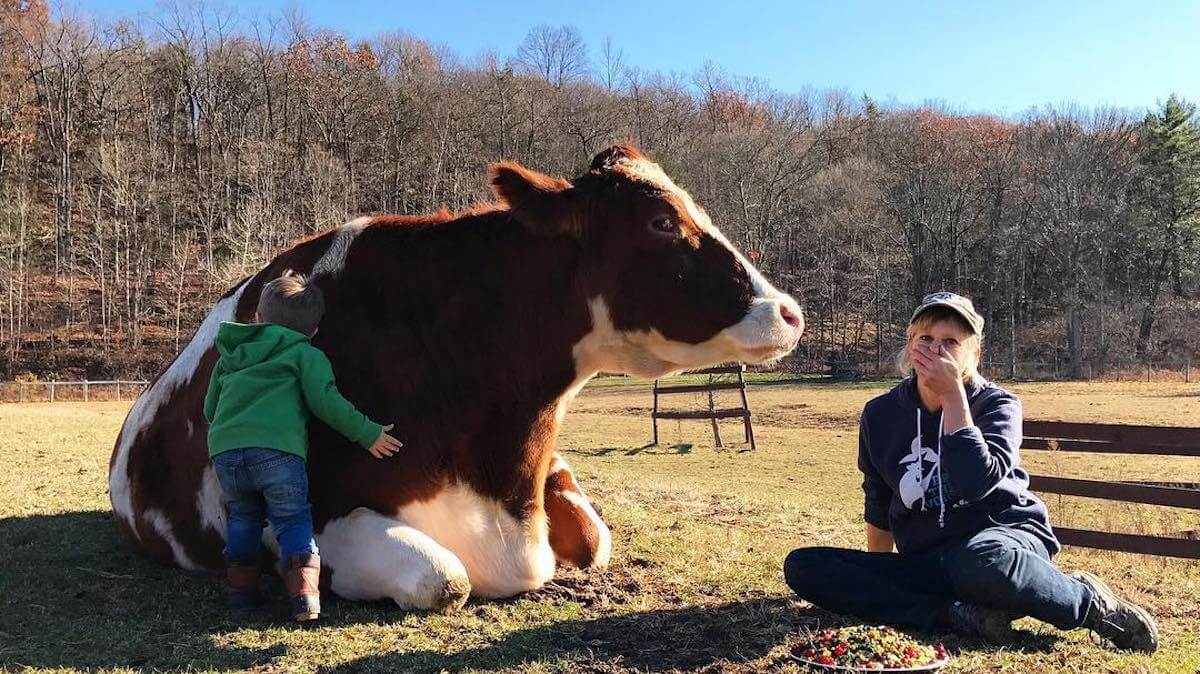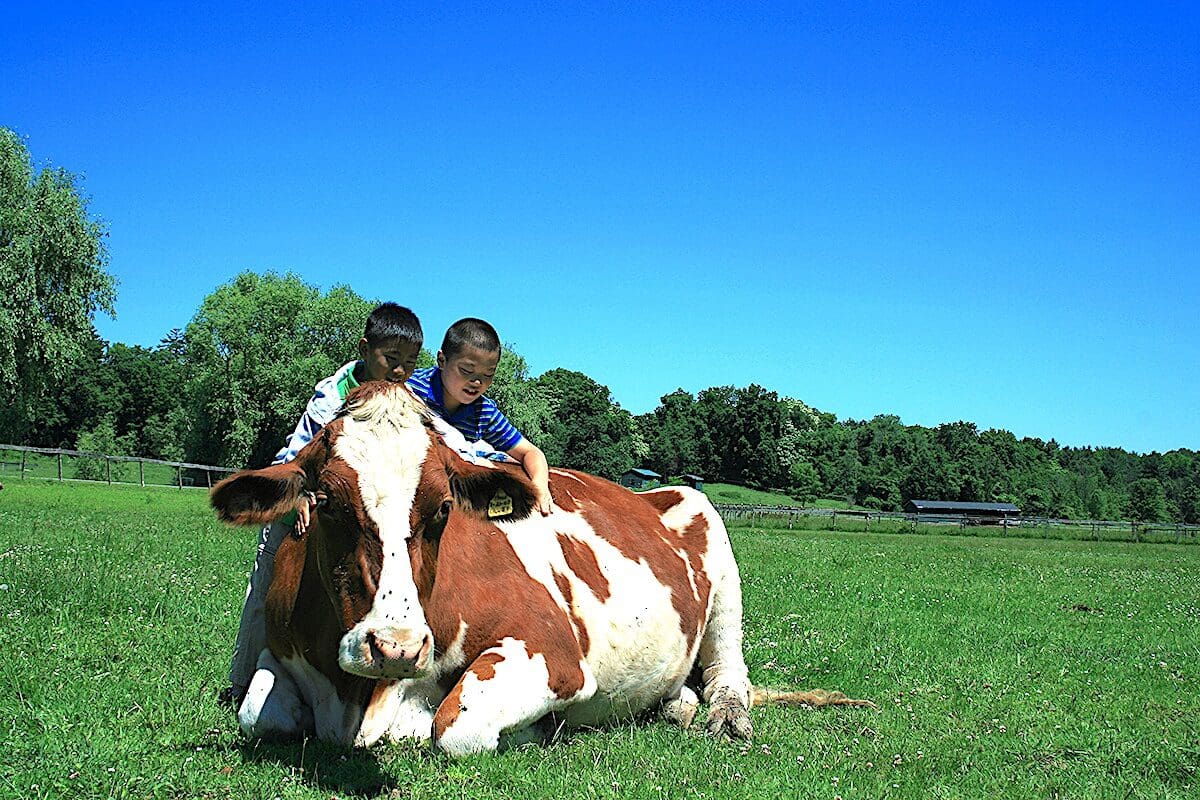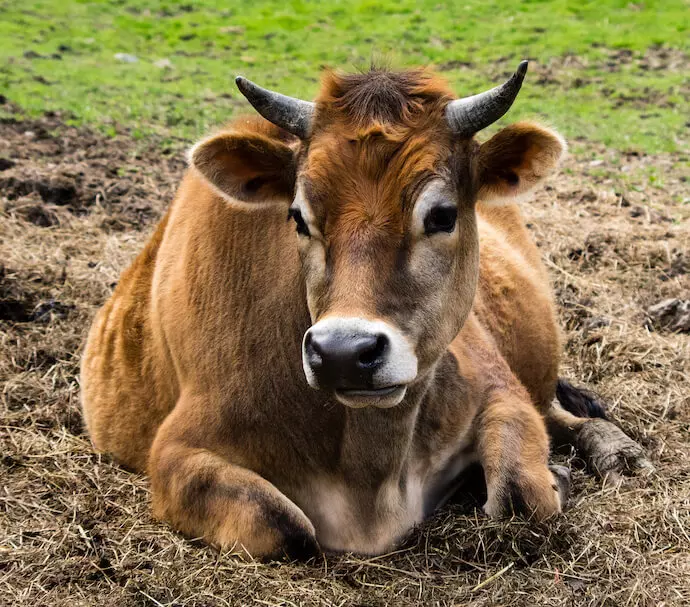
Animals as Partners in Our Work for a Vegan World: A Response to Effective Altruism
It feels ironic that as the number of sanctuaries worldwide explodes, so, too, does the criticism of sanctuaries by prominent players within the animal rights movement. This is largely due to the rising influence of a philosophy known as Effective Altruism, which urges people to give generously to charity, but also to ensure that their dollars are doing the greatest good. Sanctuaries are “too expensive,” the EA folks argue, and they actually speculate about how many “go vegan” leaflets could be distributed for what it costs to care for a cow for life.
If Effective Altruism weren’t gaining traction, we could dismiss its objections as woefully misinformed and short-sighted. But the movement is growing. It’s also worrisome that they have the ear of some of the largest funders within the animal rights movement, who are turning away from supporting sanctuaries and instead funding clean meat, protest movements, billboard campaigns and similar initiatives.
Here’s my vegan beef with EA:
- Social change is hard. Success doesn’t come overnight, and it requires a variety of approaches.
The movement to create a vegan world is the largest social change movement in history. It is also the most urgent, with our own survival on the line due to rapidly-escalating climate change—a phenomenon driven by our consumption of meat and dairy. A brief look at the history of any social change movement makes clear that success comes from a variety of approaches. To believe that we can usher in a vegan world without providing people the opportunity to know pigs and cows, chickens and sheep – is like believing that the LGBTQ movement could have succeeded if none of us knew gay people, or believing that the ASPCA could raise millions of dollars with their TV campaigns if none of us knew dogs and cats—if dogs and cats were just an abstract concept. It seems so obvious as to be laughable that since one of the most compelling reasons for adopting veganism is the ethical one—the desire not to contribute to the suffering of other living beings—that the more we can provide people the opportunity to know those living beings, the stronger humanity’s resolve will be. - Individual lives have value. Let’s not say that as we’re marching toward a vegan world, that it’s okay to sacrifice those we could save in order to produce more leaflets. Substitute puppies, kittens, or kids here, and see how this sits with ya. Individual lives have value. Period. The end.
- With thanks to my friend Rachel McCrystal from Woodstock for coining the term: Sanctuaries are veganmakers. 93% of non-vegan visitors to Catskill Animal Sanctuary say they intend to reduce or eliminate animal products. Interestingly, Woodstock Farm Sanctuary gets virtually the same response. In a follow-up survey six months after their visit, 92% of Catskill respondents indicate success in “reducing or eliminating” animal products. I challenge Effective Altruism to produce results like this from any other animal rights initiative.
- Sanctuaries aren’t one-size-fits-all, but Effective Altruism lumps us all together. Some sanctuaries rescue and care for animals and are closed to the public. Others offer tours but no other programming. With the breadth and depth of Catskill’s educational offerings—a free mentor program currently used by aspiring vegans from 30 countries around the world, a wide variety of tours, a children’s leadership camp, school presentations, a robust cooking program, and an upcoming weekly podcast, we are a model for supporting tens of thousands of people if not more annually in their vegan journey. (Effective Altruism ignores the fact that nearly 85% of vegans lapse within a year or less. We need to do at least as much work to keep people vegan as we do to encourage them to adopt the lifestyle.)

Effective Altruism is right about one thing: it is expensive to care for a cow. But what if that cow meets 10,000 visitors each season? When people sit in the grass with our gentle giant Tucker, (2,500 pounds of love and a dairy industry survivor), stroking his face or neck, accepting kisses from his scratchy tongue, hearts open and epiphanies come: oh…so this is who they are. In that same visit, guests learn from engaging guides about the horrors of the dairy industry, sample vegan food at taste testings, and in that moment, with their understanding deepened and their hearts wide open, they sign up, if they choose, to work with a vegan mentor: for free. I don’t know of another animal rights initiative that’s so…complete.
Sanctuaries will carry on with the animals as our partners. And maybe one of these days, the folks who say “we’re too expensive” will actually visit…and understand the short-sightedness of their criticism.
Ninety-three percent, Effective Altruism.
Animals As Teachers, Herd Around The Barn
Tagsanimal rescue, Catskill Animal Sanctuary, Effective altruism, new leaf, social change, vegan mentor program, veganism, veganmmakers
Comments are closed.






Catskill Animal Sanctuary, in my opinion, is a living, breathing classroom where the animals are teachers. And the social media you share online brings the Catskill experiences into our living rooms for those who cannot visit in person. This vegan respects your comprehensive educational programs: Thank You for opening our hearts.
Thank you, Dee, for your kind words. We encourage our followers to check out your podcast: The Introverted Advocate.
I agree. Animal sanctuaries that do a good job of connecting humans with other animals is an excellent vegan strategic investment. And they demonstrate that individual animal lives really matter.
There is nothing more powerful than seeing and touching the animals and learning about their individual personalities and needs; the animal being becomes real , a living breathing being that we want to save. And to experience the respect and
love you all give the animals is wonderful. We had spent 3 days at your sanctuary 3 years ago and my granddaughter, then
aged 7 said she will not be eating meat.